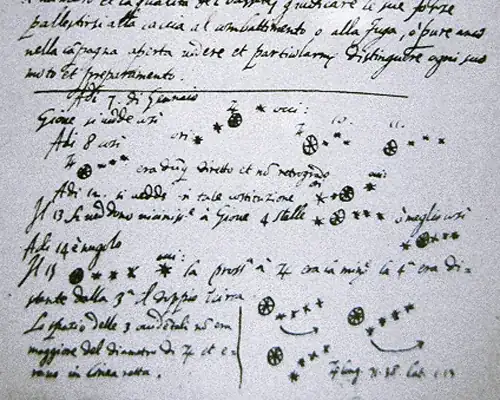The observation of the phases of Venus through early telescopes by Galileo Galilei were key to discrediting the geocentric model. Search the web for "phases of Venus in geocentric model" for many good summaries of this history. Paraphrasing what I've read:
Galileo Galilei used his telescope to observe that Venus showed all phases, just like the Moon. He thought that while this observation was incompatible with the Ptolemaic system, it was a natural consequence of the heliocentric system.
Ptolemy placed Venus' deferent and epicycle entirely inside the sphere of the Sun between the Sun and Mercury. He could just as easily have made any other arrangement of Venus and Mercury, as long as they were always near a line running from the Earth through the Sun, such as placing the center of the Venus epicycle near the Sun.
Under the Ptolemaic system, and if the Sun is the source of all the light: If Venus is between Earth and the Sun, the phase of Venus must always be crescent or all dark. If Venus is beyond the Sun, the phase of Venus must always be gibbous or full.
But Galileo saw Venus at first small and full, and later large and crescent.
This showed that with a Ptolemaic cosmology, the Venus epicycle could be neither completely inside nor completely outside of the orbit of the Sun. As a result, Ptolemaics abandoned the idea that the epicycle of Venus was completely inside or outside the Sun.


